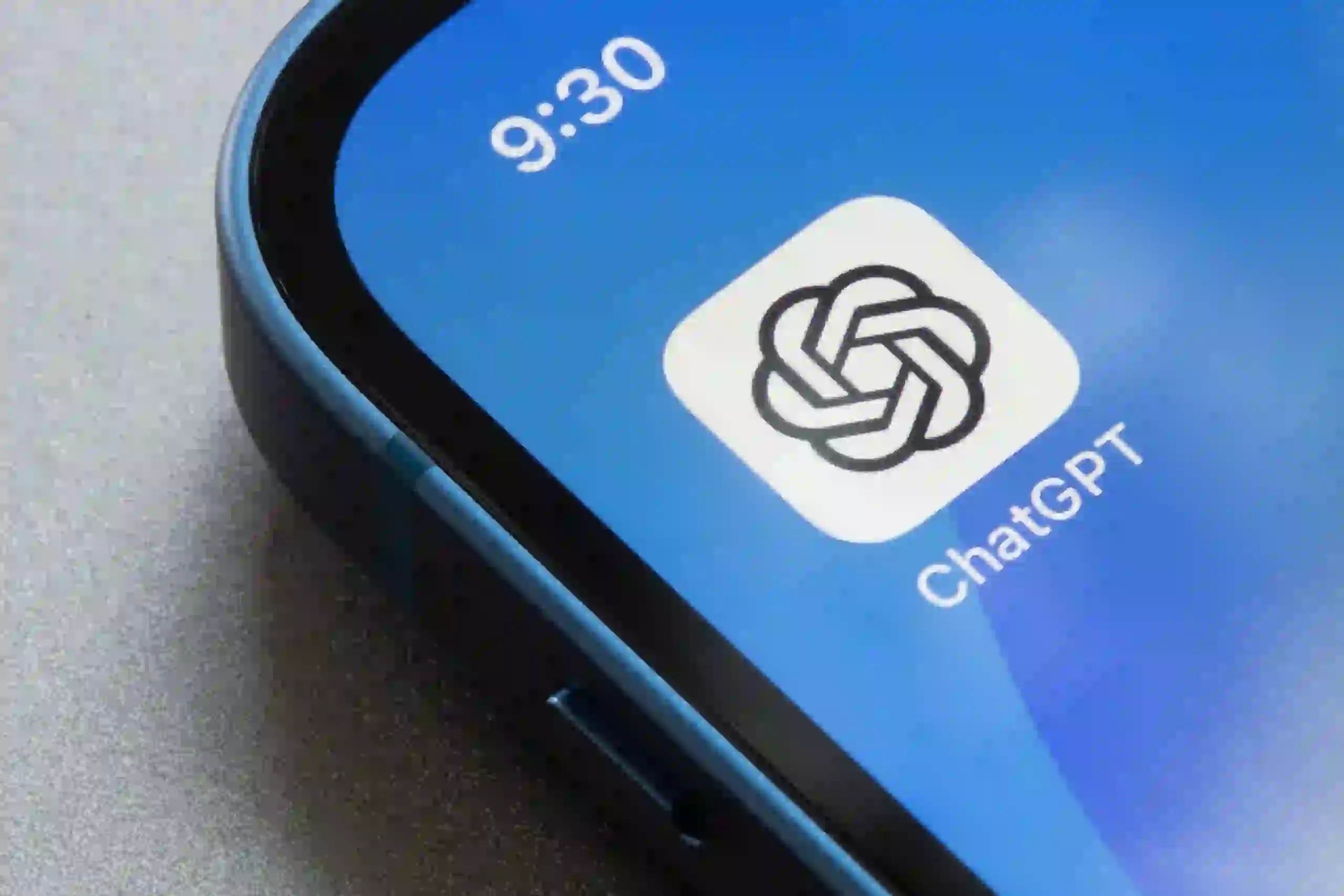OpenAI states that its latest AI model, GPT-4o, has a medium level of risk.
OpenAI has released a system card for its latest AI model, GPT-4o. A system card is essentially a research document that outlines safety measures and assesses potential risks of a new product before its public release.
The GPT-4o model was publicly launched in May this year (Ordibehesht 1403). Before its release, OpenAI utilized a group of cybersecurity experts (a red team) to identify potential vulnerabilities in the model, which is a common practice in the field. They examined risks such as unauthorized simulation of individuals’ voices, creation of obscene and violent content, and reproduction of copyrighted material.
According to OpenAI’s evaluation framework, researchers have determined that the overall risk level of GPT-4o is medium. This assessment was based on the highest risk scores across four main categories: cybersecurity, biological threats, persuasion power, and model autonomy. All categories except persuasion power had low risk. Researchers found that some texts generated by GPT-4o have a higher capacity to influence readers compared to those written by humans.

This is not the first time OpenAI has released a system card; the company also tested and published system cards for models like GPT-4, GPT-4 with image understanding, and DALL-E 3. However, the release of the GPT-4o system card comes at a sensitive time.
The company has faced significant criticism from U.S. government officials due to its differing safety standards. Just minutes before the release of the GPT-4o system card, an open letter from Senator Elizabeth Warren was published, calling on OpenAI to explain its handling of whistleblowers and its security measures, particularly concerning the models it has developed.
The letter addressed several public safety issues, including the temporary dismissal of Sam Altman, the CEO of OpenAI, in 2023 due to concerns from the board of directors. It also mentioned the departure of the Chief Safety Officer, who claimed that “safety culture and processes had been replaced by appealing products.”

Leave a Reply